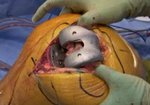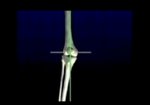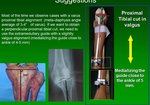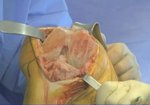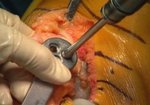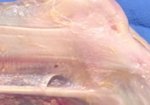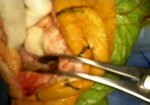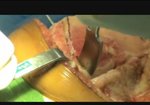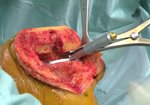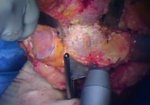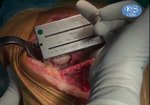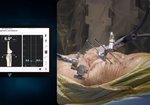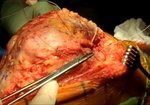Playback speed
10 seconds
Patient Specific Knee Design - An Evolution in Computer Assisted Surgery
By
Joint Implant Surgeons
FEATURING
Adolph V. Lombardi, Jr.
By
Joint Implant Surgeons
FEATURING
Adolph V. Lombardi, Jr.
0 views
December 23, 2008
Efforts to enhance the surgical technique of total knee arthroplasty while avoiding the negative aspects ...
read more ↘ of computer navigation have led to development of patient-specific cutting guides. Detailed magnetic resonance imaging of the patient’s knee is obtained along with several slices through the hip and ankle. From these images, proprietary software is used to create and orient in space virtual 3D models of the femur and tibia. Appropriate implant sizes are determined with the software, and virtual bony resections are mapped that will accomplish accurate position and alignment. A preoperative plan with visual images is sent to the surgeon for review. Upon approval, rapid prototyping technology is used to fabricate actual models of the patient’s distal femur and proximal tibia, as well as disposable custom guides that will fit precisely on the patient’s bone to determine accurate pin placement for the standard resection instrumentation of the implant manufacturer. TKA can be performed with custom jigs in truly patient specific fashion, achieving optimal alignment without violating the intramedullary canal.
↖ read less
read more ↘ of computer navigation have led to development of patient-specific cutting guides. Detailed magnetic resonance imaging of the patient’s knee is obtained along with several slices through the hip and ankle. From these images, proprietary software is used to create and orient in space virtual 3D models of the femur and tibia. Appropriate implant sizes are determined with the software, and virtual bony resections are mapped that will accomplish accurate position and alignment. A preoperative plan with visual images is sent to the surgeon for review. Upon approval, rapid prototyping technology is used to fabricate actual models of the patient’s distal femur and proximal tibia, as well as disposable custom guides that will fit precisely on the patient’s bone to determine accurate pin placement for the standard resection instrumentation of the implant manufacturer. TKA can be performed with custom jigs in truly patient specific fashion, achieving optimal alignment without violating the intramedullary canal.
↖ read less
Comments 3
Login to view comments.
Click here to Login




